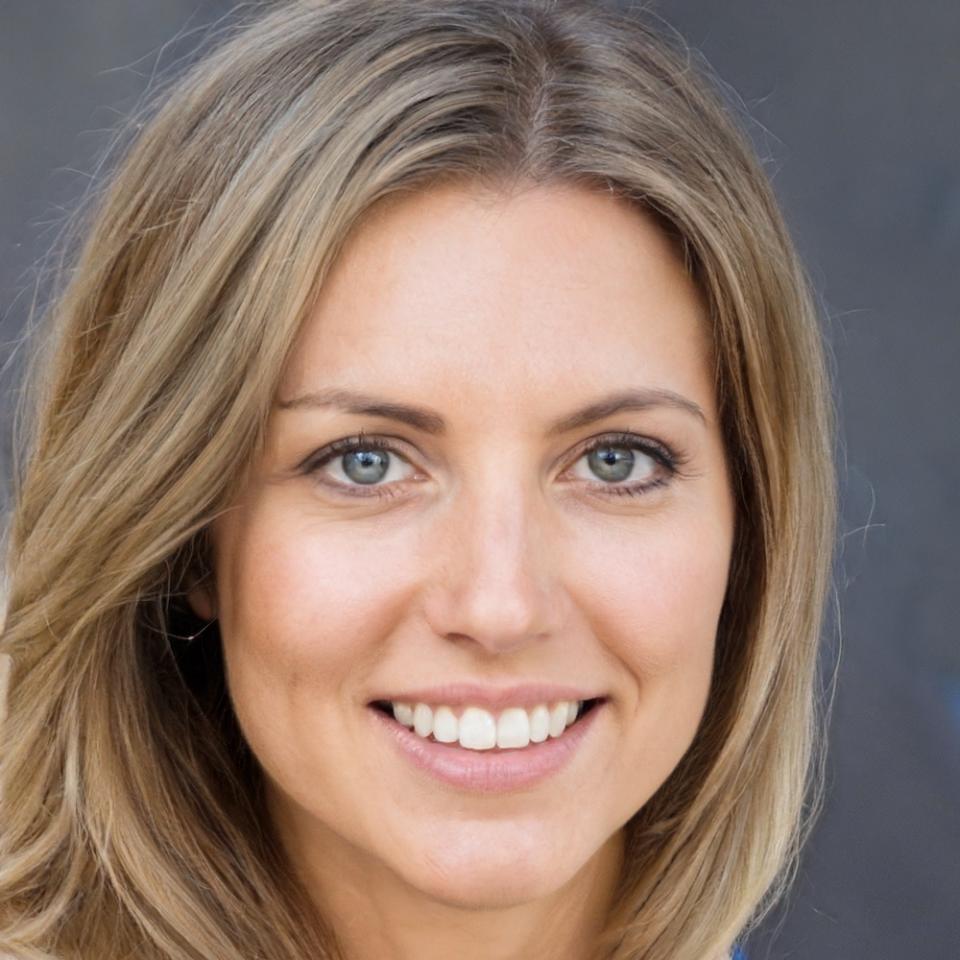Build Financial Clarity Through Practical Steps
Most people know they should plan financially, but the gap between intention and action often feels overwhelming. We break down the process into manageable stages that fit around your actual life—not some idealized version of it.
Explore Our Programs
Core Areas We Focus On
Financial planning isn't about rigid formulas. Each person's situation requires different emphasis. Here's what we cover in depth.
Expense Tracking Systems
You can't manage what you don't measure. We teach methods that take less than 10 minutes weekly but reveal patterns most people miss completely. Real tracking, not just budgeting apps you'll abandon.
Debt Management Strategies
Multiple debts create confusion about which to tackle first. We analyze interest rates, psychological factors, and cash flow to create your specific paydown sequence—because the math and the mindset both matter.
Emergency Fund Building
The classic advice says save six months of expenses. That's correct but incomplete. We help determine your actual risk exposure, income stability factors, and realistic timelines for Australian households.

How Learning Actually Happens
Financial education fails when it's too theoretical. People don't need more information—they need application frameworks. Our programs run from September 2025 through early 2026, giving you extended practice time.
Each module includes case studies from actual Australian households, not American examples converted to dollars. You'll see how super contributions interact with tax planning. How mortgage offset accounts work in practice. The real costs of investment properties beyond the marketing brochures.
This isn't about becoming a financial expert. It's about making informed decisions without needing constant professional advice for routine choices.
Read About Our Approach

Learning With Others Who Get It
Individual study has limits. You miss blind spots. You don't know what questions to ask. Financial planning becomes clearer when you hear how others approach similar challenges.
Our groups typically include 12-15 participants with varied backgrounds but similar goals. You'll meet people navigating career transitions, managing family finances, or preparing for major purchases. The diversity of perspectives helps everyone.
- Weekly group sessions where participants share real scenarios and solutions
- Access to discussion forums between sessions for quick questions
- Peer accountability structures that actually improve completion rates
- Guest speakers from related fields like property, taxation, and superannuation
What Changes Might Look Like
Results vary because everyone starts from different positions. But certain patterns emerge when people commit to systematic financial planning over several months.
First Six Weeks
Most participants identify 3-5 spending leaks they weren't fully aware of. Small recurring charges add up. You'll also establish your actual baseline—what your lifestyle genuinely costs, not what you think it costs. This clarity alone changes decision-making.
Three Months In
By this point, you've typically built 2-4 weeks of emergency savings if starting from scratch. More importantly, you've established routines that make continued progress automatic. The psychological shift from reactive to proactive becomes noticeable.

I'd tried budgeting apps before and always quit within weeks. This program focused less on tracking every coffee and more on understanding my actual priorities. Three months in, I'd redirected about 0 monthly toward debt without feeling restricted. The peer discussions helped me see I wasn't alone in struggling with this stuff.
Next Program Starts September 2025
We run two main cohorts annually—autumn and spring. September intake opens for registration in June. If you're tired of feeling uncertain about financial decisions, this might be the structure you need. No pressure. Just practical guidance from people who've helped hundreds of Australians clarify their financial picture.
Get Program Details